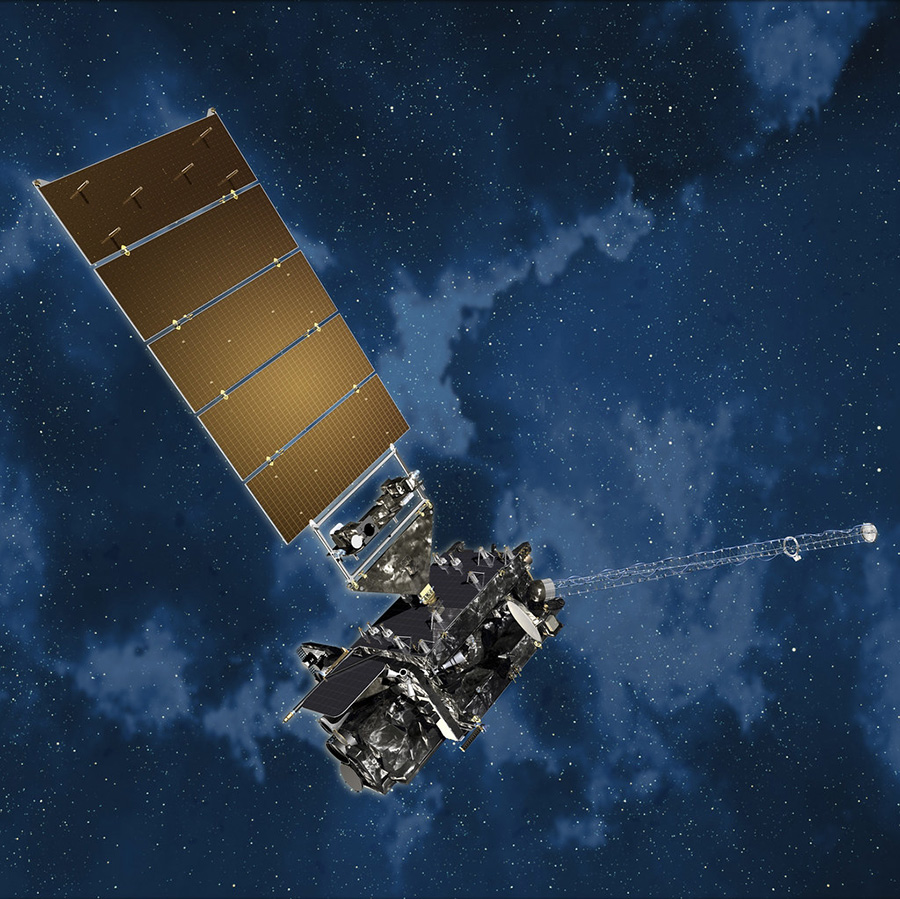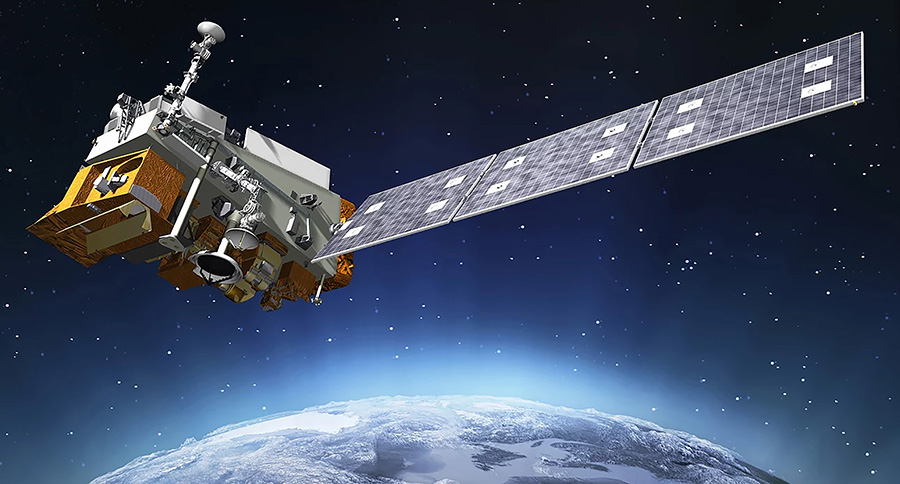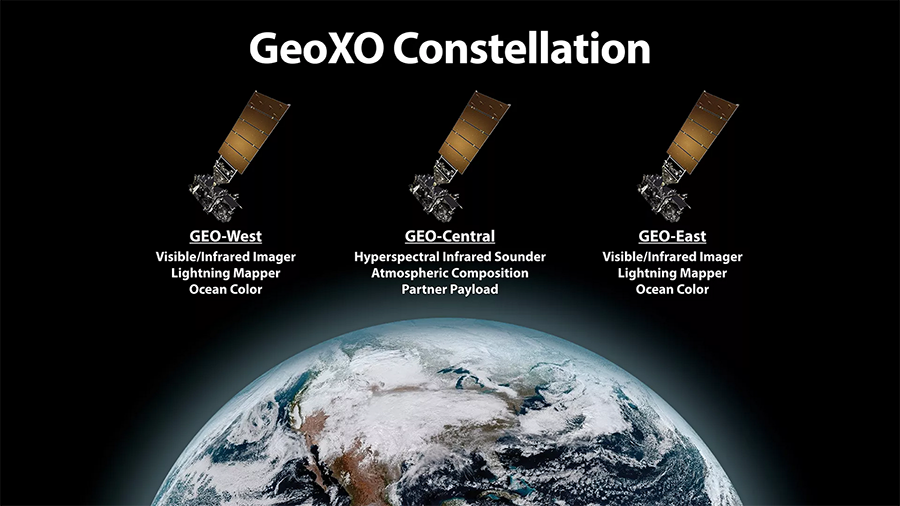Missions & Instruments

GOES-R
The Geostationary Operational Environmental Satellite (GOES) – R Series is the nation's most advanced fleet of geostationary weather satellites. The GOES-R Series significantly improves the detection and observation of environmental phenomena that directly affect public safety, protection of property and our nation's economic health and prosperity.

